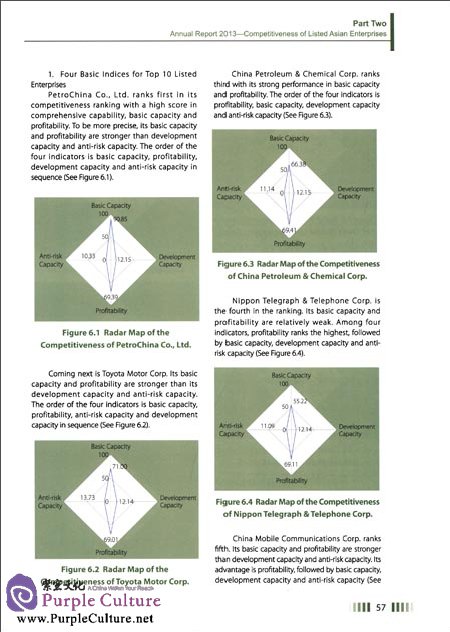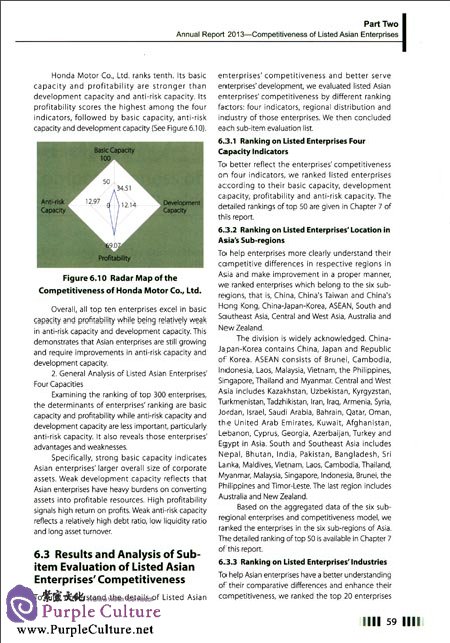Sample Pages Preview


Since the 1990s, China and Japan have always had a lose economic relationship, but cold ties in politics. Since in April 201 2, Sino-Japanese economic ties it an unknown trough. As the world's second nd third biggest economy, China and Japan have strong economic interdependence. The relationship etween the two countries will not only affect Sino- apanese economic ties, but also Asian economic ompetitiveness and global economic growth outlook.
First of all, Japan's economy will have more irect impact. China's exports to Japan have decreased year by year, from i0% in 2006 down o the current 7%, while Japan's exports to China have increased from 11% to 20% during the same period. Now, China has become the biggest export estination for Japan. In 2011, Japan's export to hina was USD194.6 billion, accounting for 23.6% of its total export and Japan's trade surplus to China M USD46,3 billion, making up 0.8% ofJapan's GDP. eanwhile, Japan's exports to China via Republic of orea, China's Taiwan and China's Hong Kong were lso vast, accounting for 10% of its total volume. As e can see, Japan is more dependent on China in rade. (See Figure 1.4) In addition, many of Japan's mportant raw industrial materials are imported om China, for example, the rare earth from hina making up 90% of the total. Moreover, Sino- apanese relationship has a direct and profound mpact on Japan's tourism industry. For a long ime, Japan has been a favorable destination for hinese tourists. According to data from Japan's ourist administration, Chinese per capita spend wo times more than tourists from other countries, p to 160,000 yen. However, since April 2012, hinese tourism in Japan decreased dramatically. rom October lst to 8th, many tourist groups from hina suspended their trips and more than 60,000 lane tickets were cancelled. Chinese became ess illing to travel to Japan. In short, the cold ino-Japanese economic ties will have a negative nfluence on Japan's economic growth, economic ompetitiveness and its domestic industrial nterprises.

